Google Maps Upgrades Navigation in India with Gemini, Safety Alerts
Google has rolled out its Gemini AI-powered navigation system to Google Maps in India, bringing hands-free AI assistance, contextual suggestions, and information about places of interest to users. The feature, which was launched in the US on Wednesday, will be available to all Android and iOS users in India in the coming weeks.
Gemini will support nine Indian languages at launch, and Google is also adding a set of India-specific navigation and commuting updates. Drivers will now receive visual and audio alerts when they pass accident-prone stretches, a feature developed in collaboration with local authorities. The alerts will initially be available to Android users in Gurugram and Cyberabad.
Google's vice president and head of Google Maps, Miriam Daniel, emphasized the significance of localizing the feature for the Indian market. "When we say localizing for India, it's not just the language," she said. "It's also adapting to how Indians use the product, how Indians will talk, how they will ask for questions, how they will identify places, the geopolitical places, the street names – everything is sort of different in India."
The rollout of Gemini in India is the latest step in Google's efforts to improve the safety and efficiency of navigation in the country. The feature is expected to have a significant impact on the way people use Google Maps in India, and it may also influence the development of similar features in other markets.
Google Maps has been a crucial tool for navigation in India, and the addition of Gemini is likely to make it even more popular. The feature's hands-free AI assistance and contextual suggestions will make it easier for users to find their way around the country, and the safety alerts will provide an added layer of protection for drivers.
As Google continues to develop and refine Gemini, it will be interesting to see how the feature evolves and how it is received by users in India and beyond.
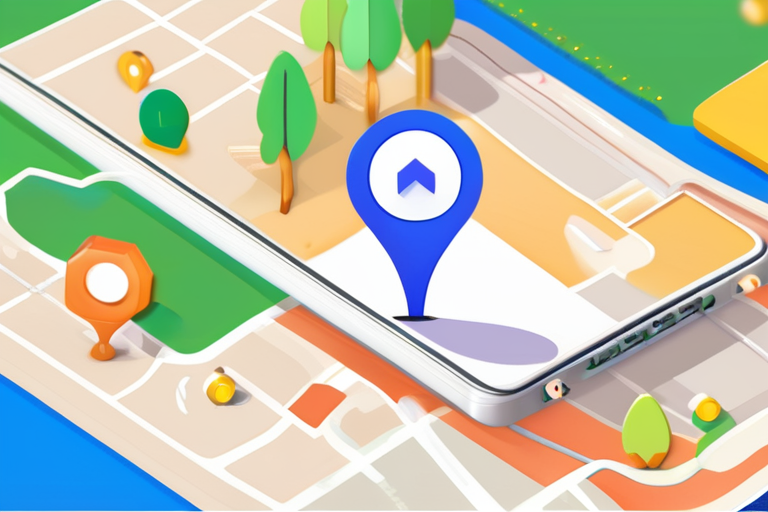






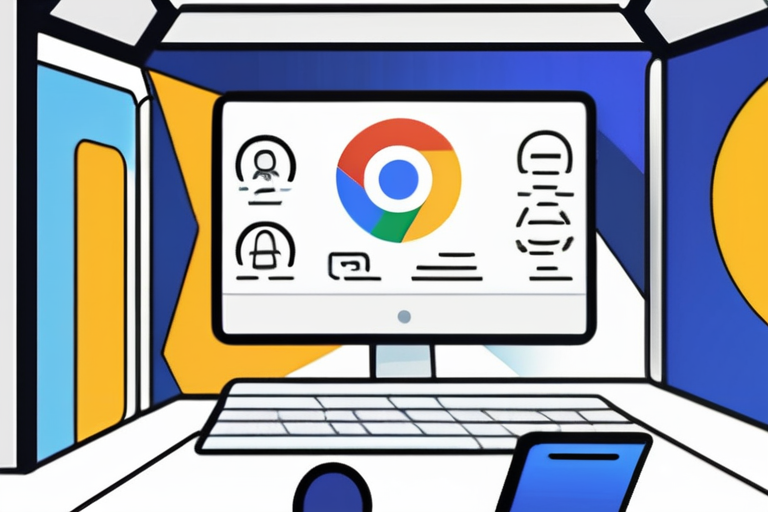
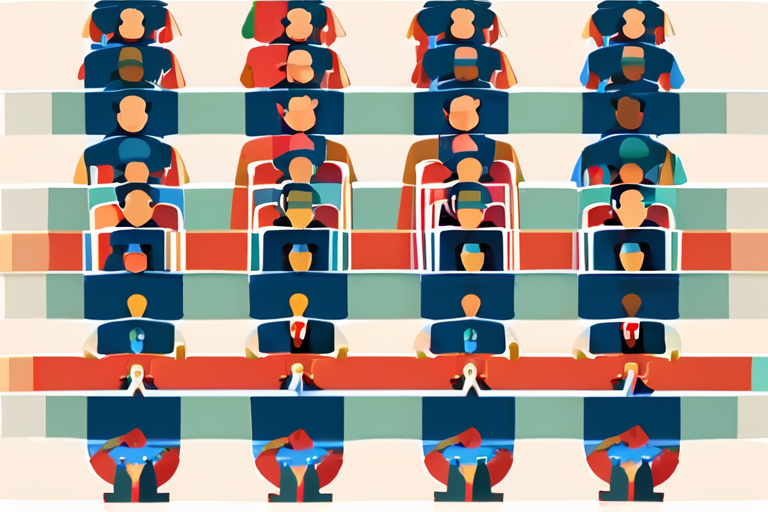

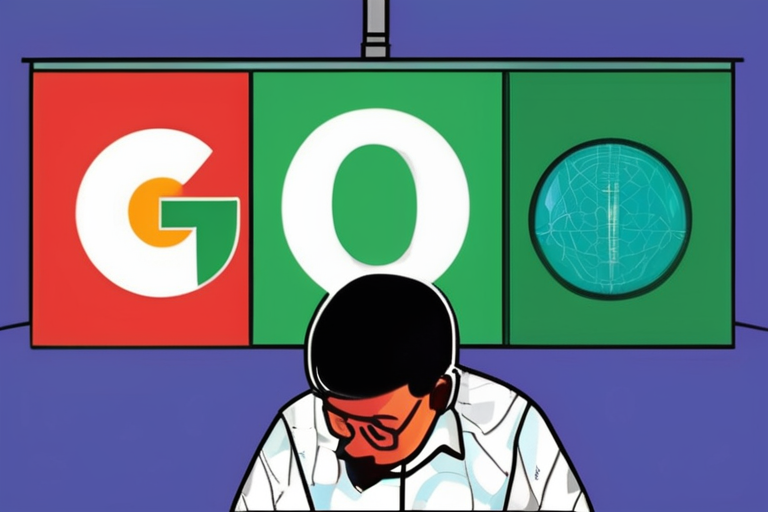
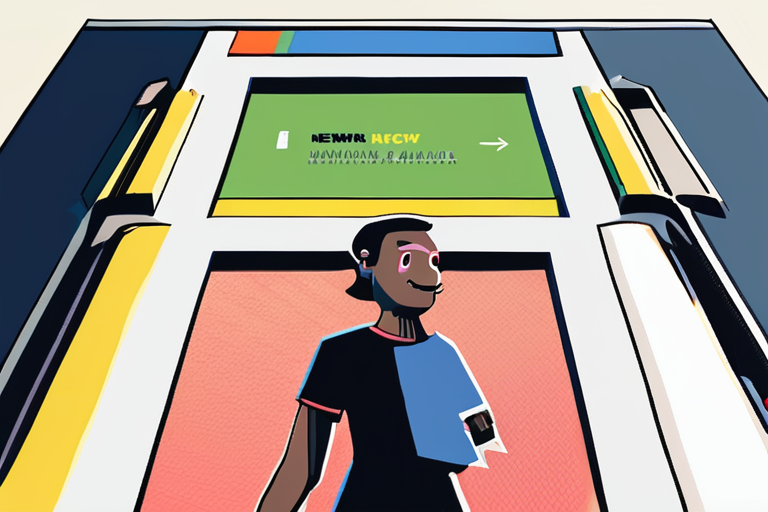



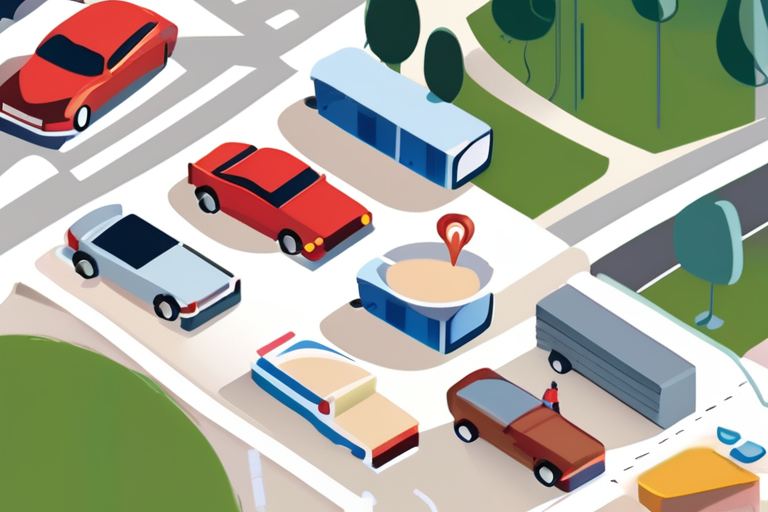
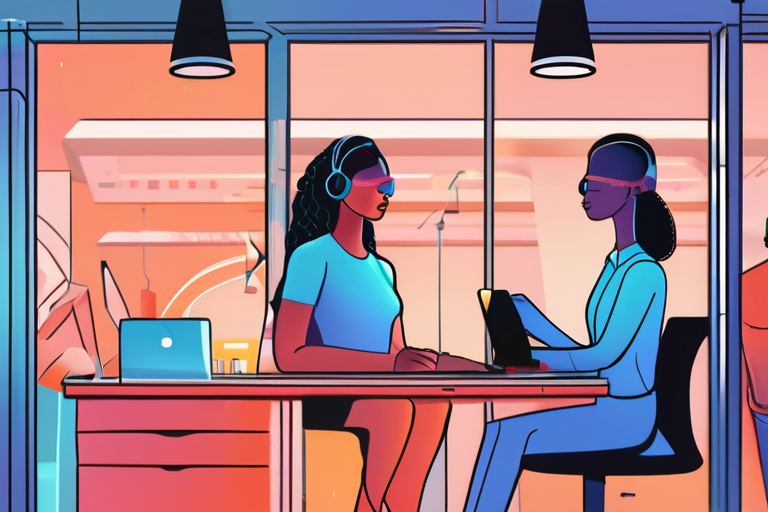
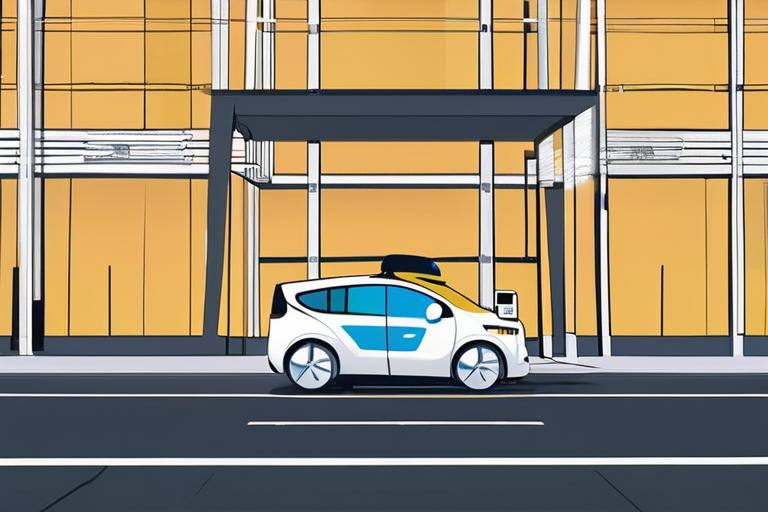
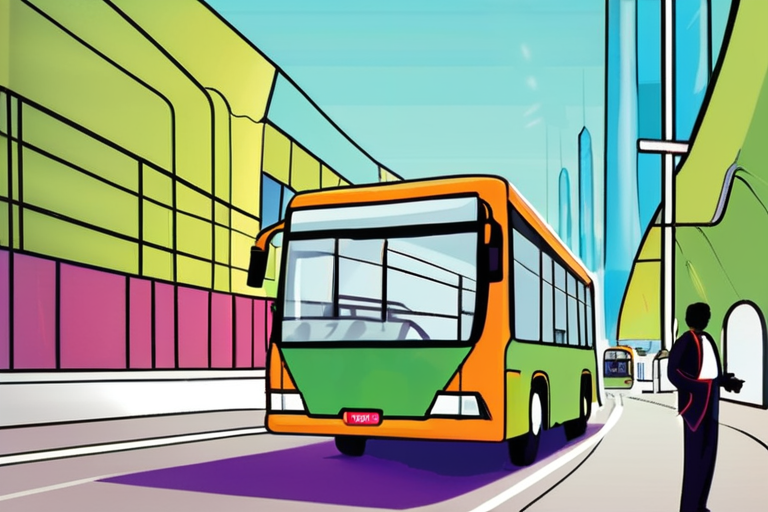
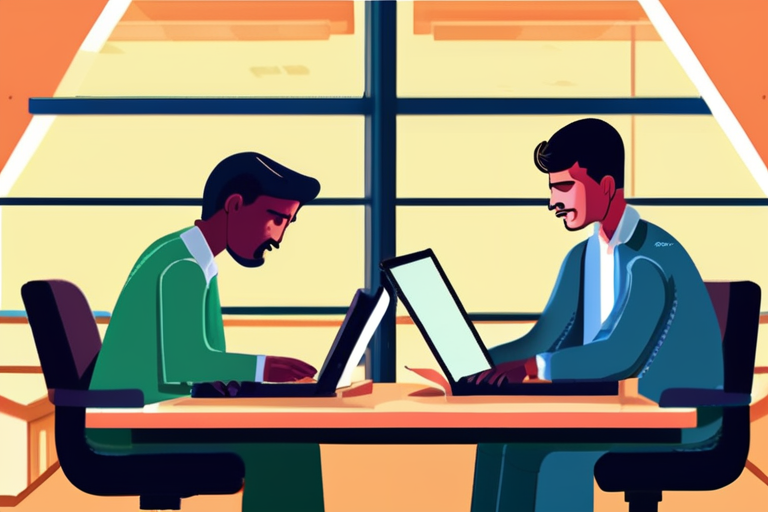
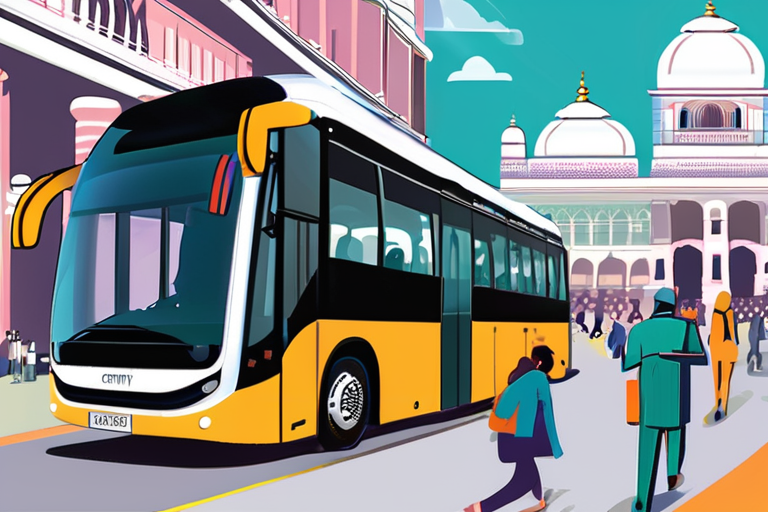

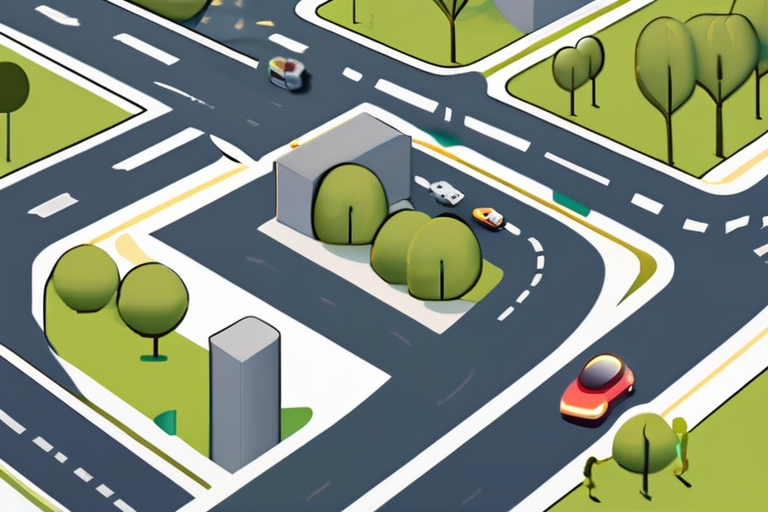
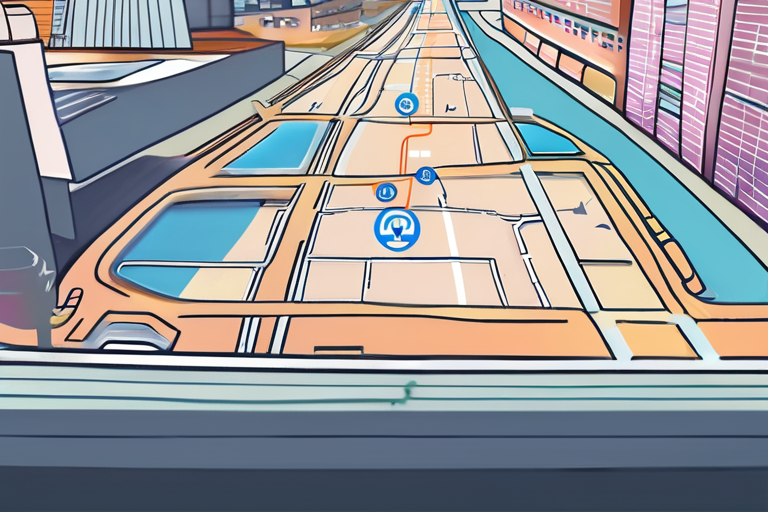
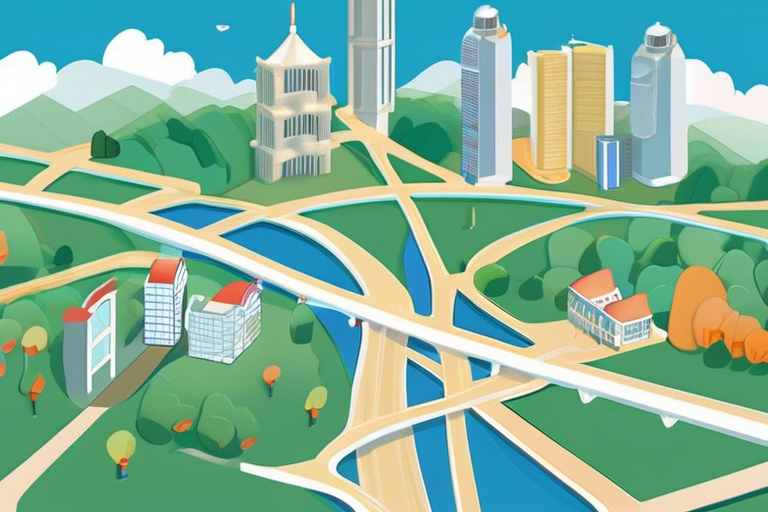
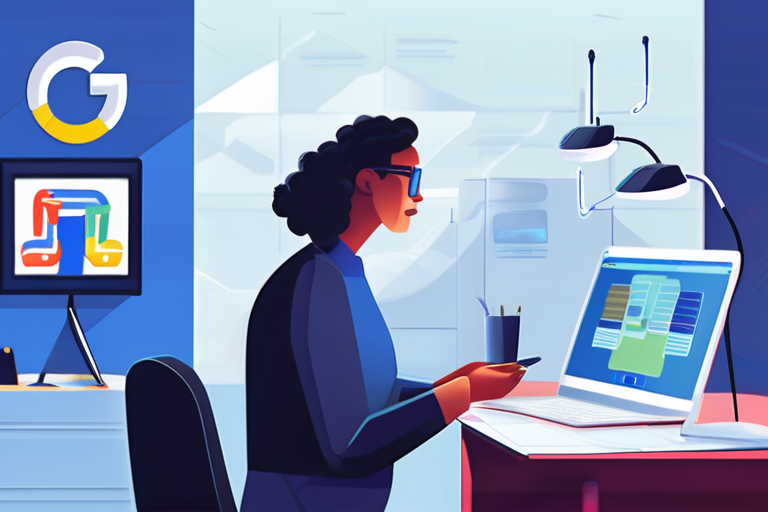
Share & Engage Share
Share this article